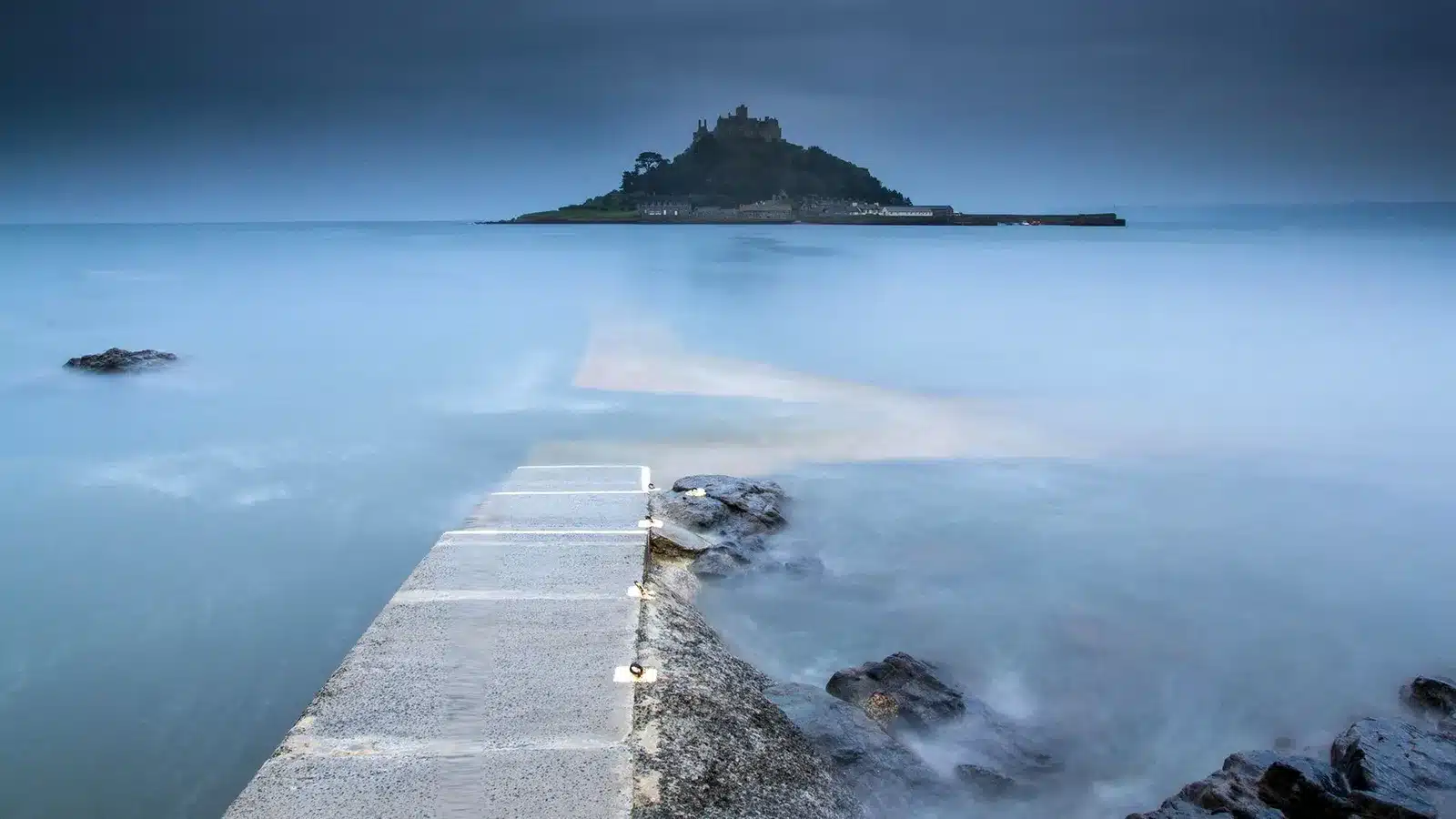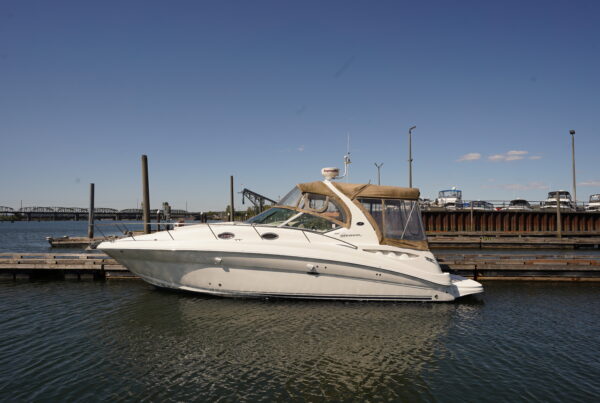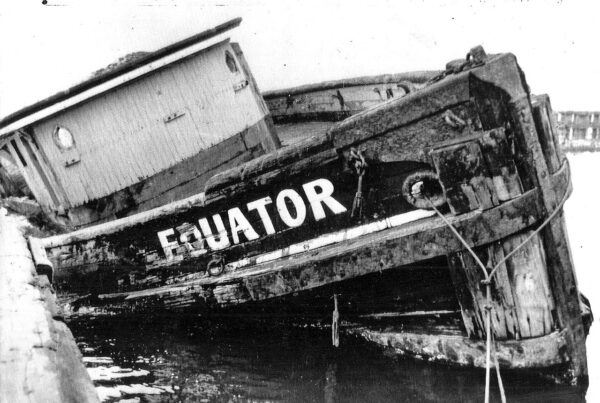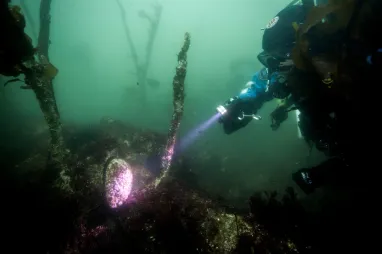An Introduction to Tides:
As boaters, we often find ourselves at the mercy of the tides, witnessing their ebb and flow with a sense of wonder and respect. Beyond their influence on our recreational pursuits, tides hold a crucial role in shaping the livelihoods of past cultures and continue to impact our lives today. In this article, we will explore the basic science behind ocean tides, examine how tides have influenced past civilizations, and uncover their relevance in our modern world.
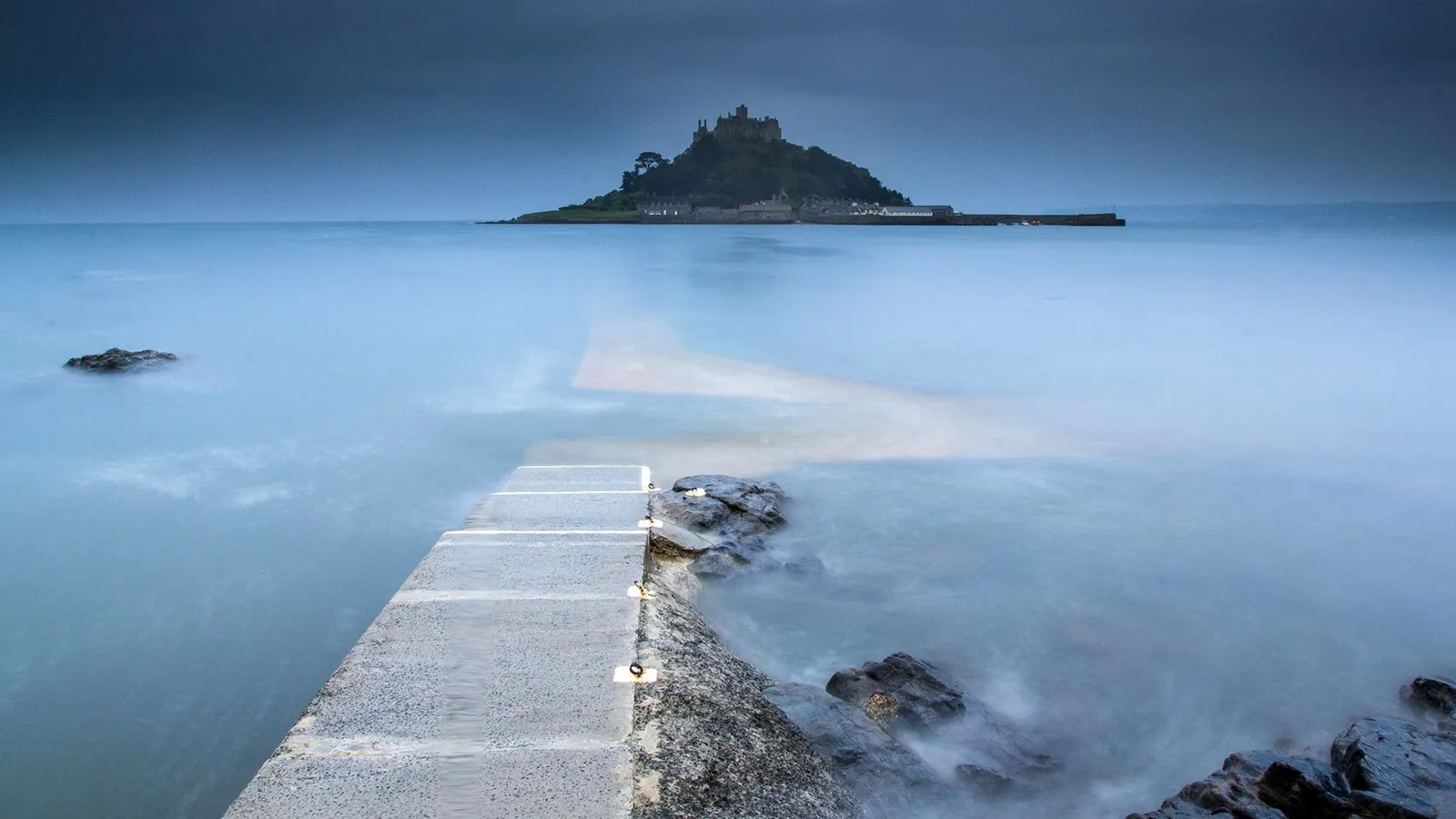
Understanding the Science of Tides:
To truly appreciate the significance of tides, it is essential to grasp the underlying science behind their occurrence. Tides are primarily caused by the gravitational forces exerted by the Moon and the Sun on the Earth’s oceans.
The Moon, being much closer to Earth than the Sun, exerts a stronger gravitational force on our planet. This gravitational pull creates a bulge on the side of the Earth facing the Moon, resulting in a high tide. Simultaneously, there is another high tide on the opposite side of the Earth due to the centrifugal force generated by the Earth’s rotation. These high tides are known as the lunar high tides.
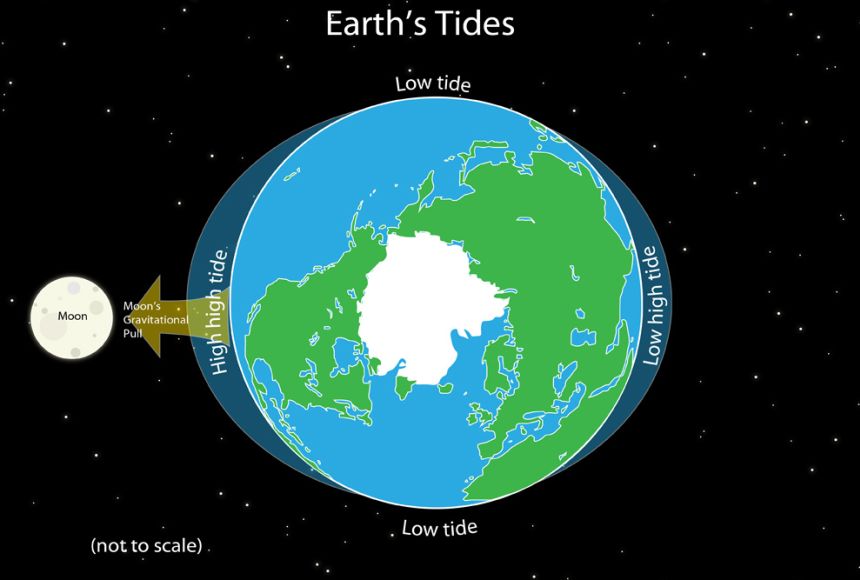
The Sun also contributes to the formation of tides, although to a lesser extent due to its greater distance from Earth. The gravitational pull of the Sun generates a smaller bulge on the Earth, resulting in a secondary high tide known as the solar high tide.
Combined Forces
When the Earth, Moon, and Sun align, during the full moon and new moon phases, their gravitational forces combine, creating higher high tides known as spring tides. Conversely, when the Moon and Sun are at right angles to each other, during the first and third quarter moon phases, their gravitational forces partially cancel each other out, resulting in lower high tides known as neap tides.
It is important to note that the geographical features of coastlines and the shape of ocean basins also influence the magnitude and timing of tides in specific regions. Narrow channels, shallow areas, and coastal configurations can amplify or dampen the tidal range, leading to variations in tidal patterns across different locations.
Overall, the intricate dance of gravitational forces between the Earth, Moon, and Sun, combined with the Earth’s rotation and geographical features, gives rise to the fascinating phenomenon of tides that have influenced human civilizations throughout history.
Historical Significance of Tides:
Ancient Egypt:
The Nile River played a vital role in the livelihood of ancient Egyptians. The annual flooding of the Nile, influenced by the tides, deposited rich silt on the surrounding floodplains, providing fertile soil for agriculture. The Egyptians carefully timed their planting and harvesting seasons based on the predictable cycle of the tides. Each year, as the Nile flooded during the high tides, the waters would recede, leaving behind nutrient-rich sediment that replenished the soil. This natural irrigation and fertile soil sustained the agricultural productivity of ancient Egypt, supporting a thriving civilization that depended on the Nile’s tides for their livelihoods.
Polynesians and Pacific Islanders:
Navigating the vast expanse of the Pacific Ocean, Polynesians and Pacific Islanders relied on their deep understanding of tides, currents, and celestial navigation. They observed subtle changes in tidal patterns, such as the presence of rips, eddies, and changes in wave behavior, to navigate between islands and discover new lands. By studying the tides, they could determine favorable times for setting sail, find reliable routes, and even locate distant islands that were not visible from their starting points. The ability to read the tides and currents allowed these seafaring cultures to explore and settle vast stretches of the Pacific Ocean, shaping their livelihoods, and fostering cultural exchanges.
Coastal Fishing Communities:
Throughout history, coastal fishing communities around the world have relied on tides to sustain their livelihoods. They understood the correlation between tidal changes and fish behavior. Fish tend to be more active during tidal transitions when the movement stirs up food sources and triggers feeding behavior. These communities carefully planned their fishing expeditions, taking advantage of the tides to increase their chances of a bountiful catch. In some cases, they employed traditional fishing practices that leveraged the predictable patterns of tides. For example, beach seining, a technique where nets are drawn ashore during high tide to trap fish in shallow waters, allowed fishermen to exploit the predictable movements of fish during tidal changes. By aligning their fishing activities with the tides, coastal communities were able to sustain their livelihoods and ensure a consistent supply of fish for sustenance and trade.
Maritime Trade and Exploration:
Tides played a crucial role in the age of maritime trade and exploration. Historical navigators and explorers, such as the Phoenicians, Greeks, and Vikings, recognized the influence of tides on navigation. They used tidal charts and observations to plan their voyages, considering factors such as safe harbor access during high tides and utilizing tidal currents for faster passage. Understanding tidal patterns allowed these seafarers to navigate unfamiliar coastlines, establish trade routes, and expand their cultural and economic influence. The ability to harness the power of tides significantly impacted the growth of civilizations and facilitated global connectivity.
Coastal Construction and Engineering:
Ancient civilizations, such as the Romans, Egyptians, and Chinese, understood the influence of tides when constructing coastal infrastructure. They strategically designed harbors, wharves, and canals to accommodate tidal fluctuations. By considering the tidal range and flow, these societies built structures that could withstand the forces exerted by tides and ensured efficient maritime operations. Their engineering feats, often utilizing tidal energy for various purposes, demonstrate the historical recognition of the importance of tides in coastal development and the advancement of maritime civilizations.
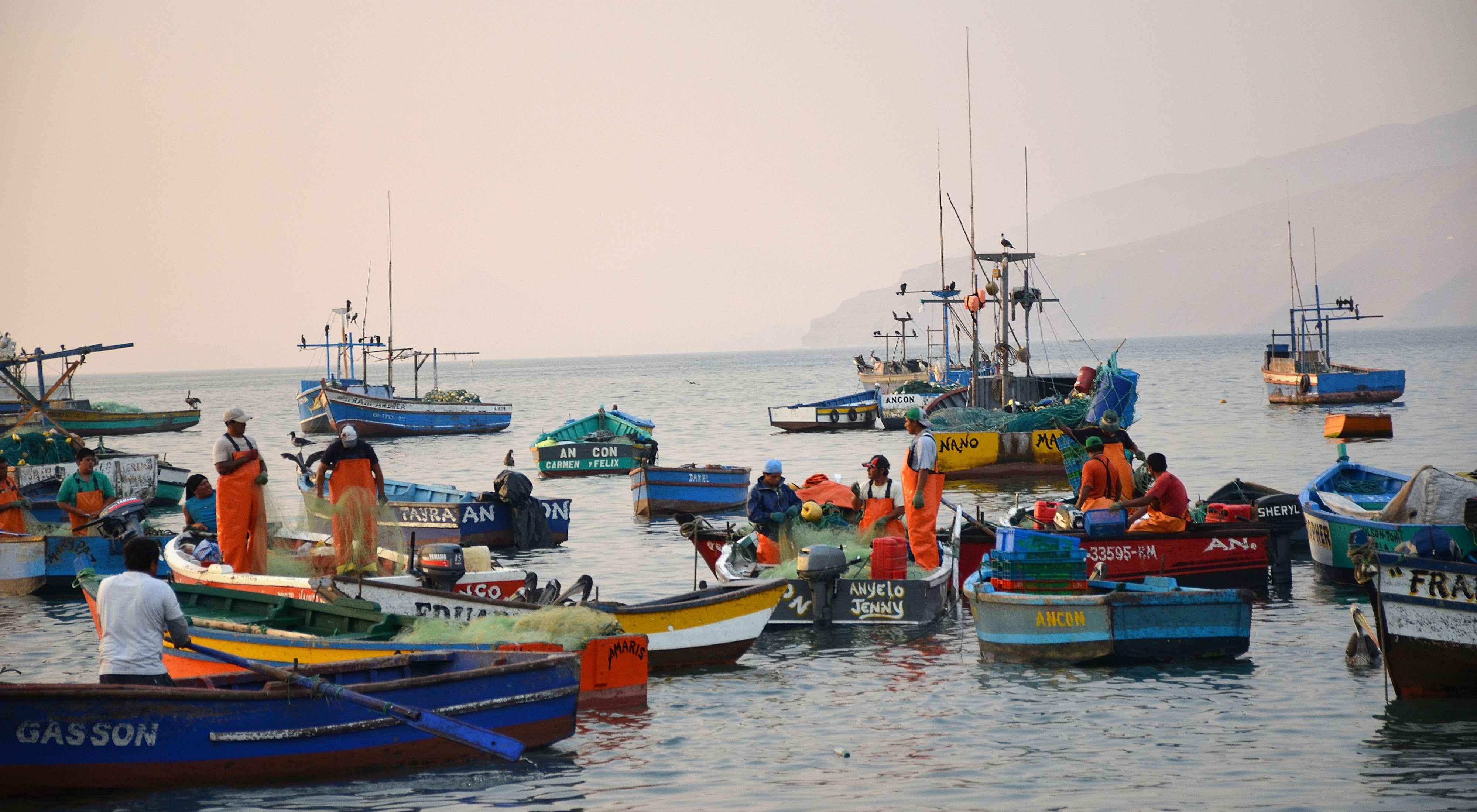
Modern Significance of Tides:
Marine Transportation and Trade:
Tides continue to play a significant role in maritime activities today. Commercial shipping relies on tides to navigate through shallow waterways and ports with limited access during low tides. Ports often have specific tide schedules for ships to maximize their loading and unloading efficiency. Understanding tidal patterns and the associated tidal currents is crucial for ship captains and navigators to plan their routes and ensure safe passage. Additionally, tidal currents can be utilized to enhance the speed and efficiency of vessels, reducing fuel consumption and optimizing shipping operations. The ability to harness tidal movements and integrate them into maritime transportation systems contributes to global trade, economic growth, and sustainable shipping practices.
Renewable Energy:
Tidal energy has emerged as a promising source of renewable energy. Tidal power plants harness the kinetic energy of moving water during tidal changes, converting it into electricity. These installations typically employ turbines placed strategically in areas with strong tidal currents, such as narrow channels or estuaries. As the tides rise and fall, the water flows through the turbines, generating power. Tidal energy offers several advantages, including predictability, as tidal patterns can be accurately forecasted years in advance, and sustainability, as it relies on the natural forces of the Moon’s gravitational pull. By tapping into this clean and renewable energy source, tidal power contributes to reducing greenhouse gas emissions, diversifying the energy mix, and promoting a more sustainable future.
Coastal Management and Conservation:
Tidal patterns influence coastal ecosystems, including estuaries, salt marshes, and mangroves. These habitats serve as nurseries for numerous species and provide protection against erosion and storm surges. Understanding tidal dynamics is essential for effective coastal management and conservation efforts. By monitoring and managing tidal fluctuations, coastal regions can develop sustainable practices to protect and restore fragile ecosystems. This includes implementing measures to mitigate the impact of sea-level rise, preserving coastal biodiversity, and ensuring the long-term resilience of coastal communities. Tidal data and modeling are critical tools in assessing coastal vulnerability, developing adaptation strategies, and informing land-use planning decisions in the face of climate change.

Tides, with their inherent beauty and power, have left an indelible mark on human history. From ancient civilizations to our modern world, tides have shaped the livelihoods of coastal communities, navigators, and fishermen alike. As boaters, it is crucial for us to appreciate the science behind tides and understand their profound impact on our lives, both on and off the water. Let us embrace the ebb and flow of tides, respecting their influence and preserving the delicate balance they bring to our planet.
We encourage you to use Rabbet to connect with the rest of the boating community! Hop onto our Learn tab to find more articles like this. Join our various forums to discuss with boating enthusiasts like you. Create an account to get started.
Visit us on Pinterest to collect content and inspire others.

